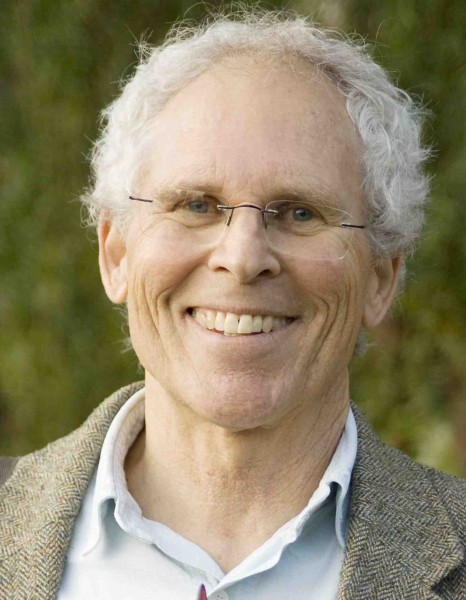‘The Living Sea’ at Rivian’s Flagship Theater

By Tom Osborne
It’s cerebral. It’s science. It’s informative. It’s spellbinding. It’s personal. It’s fun. It’s visceral. It’s critically acclaimed cinematic art. It’s the MacGillivray Freeman Oscar-nominated film: “The Living Sea.”
My wife and I viewed it for the third or fourth time since its 1995 release. We’ve seen it on the giant IMAX screen at the Irvine Spectrum; I’ve shown it to my students at Santa Ana College; and most recently, we watched it at Laguna’s cameo venue, the Rivian South Coast Theater, on the evening of June 13 with a capacity audience. The Coast Film & Music Festival presented the film.
Greg MacGillivray has some important things in common with my favorite writer, John Steinbeck. Both took science courses at California universities, getting what they needed before diving into what they loved: storytelling for large, truly international audiences. For both gifted storytellers, the sea figured prominently in their lives and artistry, and both saw a unity and interdependence in all that exists. In the “Log from the Sea of Cortez,” John Steinbeck said, “all things are one thing and that one thing is all things—plankton, a shimmering phosphorescence on the sea and the spinning planets and an expanding universe, all bound together by the elastic string of time. It is advisable to look from the tide pool to the stars and then back to the tide pool again.” In “The Living Sea,” MacGillivray muses on a less celestial scale, through the voice of narrator Meryl Streep, about the “one world ocean” that provides us with oxygen, food, livelihoods, recreation, awe, and connection to our precursors through time.
In the film, this interdependence and connection through time are personalized poignantly in a segment situated in Palau, where a Pacific island diver, Francis Toribiong, takes his son and daughter on an underwater venture that he hopes will impart reverence and ecological understanding of how their people have a symbiotic relationship with the sea. What humans do to the ocean, in effect, we do to ourselves because islanders’ lives are linked inextricably to marine life. Lest we fail to see the broader implications of Francis’s powerful teaching, he reminds us: “We are all islanders.”
Aside from the film’s clear but not preachy message about the ocean’s beauty, fragility, and centrality to the existence of virtually all life, I and others were amazed to learn a few things about the making of this film. It grossed $120 million and has been seen by approximately 150 million people worldwide of all ages. Film editor Stephen Judson and music composer/arranger Steve Wood, both highly talented longtime MacGillivray associates, were interviewed on stage after the showing. “Editing is a lonely, lonely process,” said Judson, who has a wry sense of humor. The editing labor can be seen in the fact that only one one-hundredth of the surfing footage ended up being used in the film. Thirty years ago, all that footage was shot from expensive helicopters, not drones. Steve Wood likened the skillful assemblage of film scenes and accompanying music to the making of “a giant salad.”
Both seemed to say that Greg had the overall vision and aesthetic goal for the film. Simply put, said Judson: “Make people fall in love with the sea.” As shown in the film, that was the same aim of Francis in teaching his children.
From the audience came a last probing question asked of Judson and Wood. Here is my paraphrase: Since the making of “The Living Sea” have you become more optimistic or pessimistic about the state of the oceans (and seemingly the planet)? After a brief pause, Judson responded: “There is a lot coming at us. You don’t get things done if you’re a pessimist. Optimism is the most essential tool we have.” Wood seemed to nod in agreement—as did I.
Thanks to Greg and Barbara MacGillivray for your partnership in making “The Living Sea” and generously reprising it for our hometown audience on a memorable summer night.
Tom Osborne writes the environmental column, Green Light, for the Indy. With his wife, Ginger, he co-leads the Laguna chapter of Citizens’ Climate Lobby. tomosborne@cox.net.




